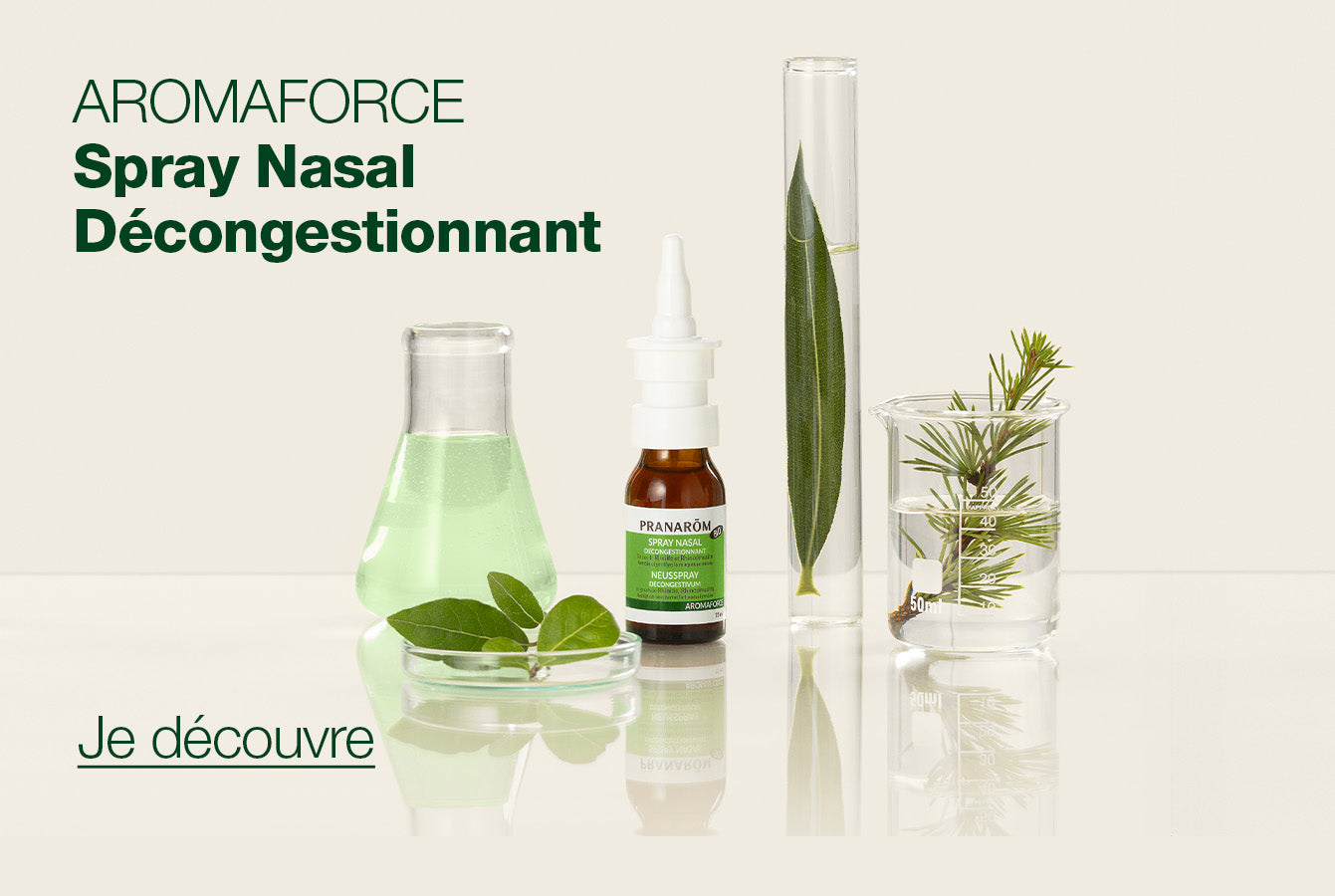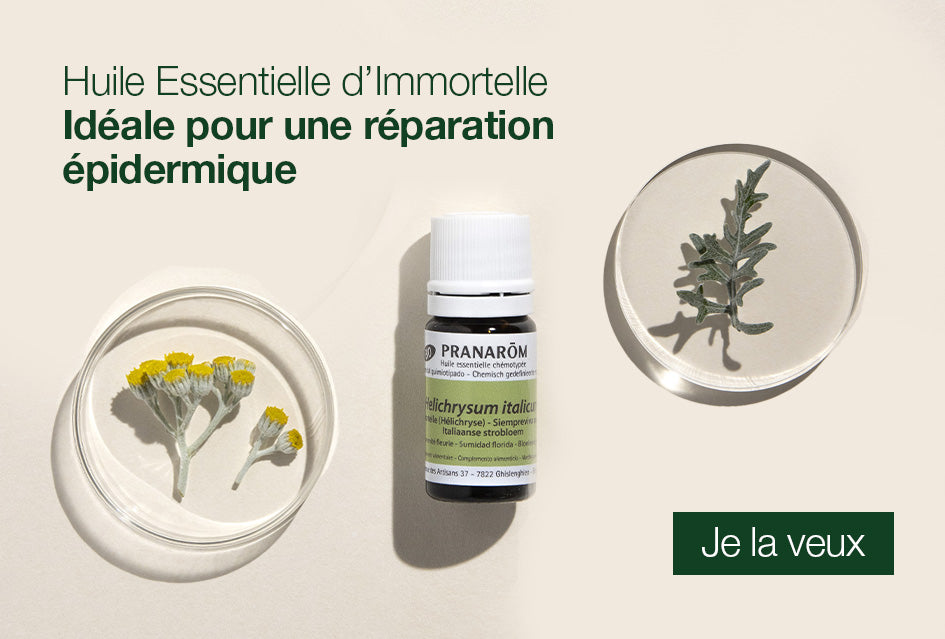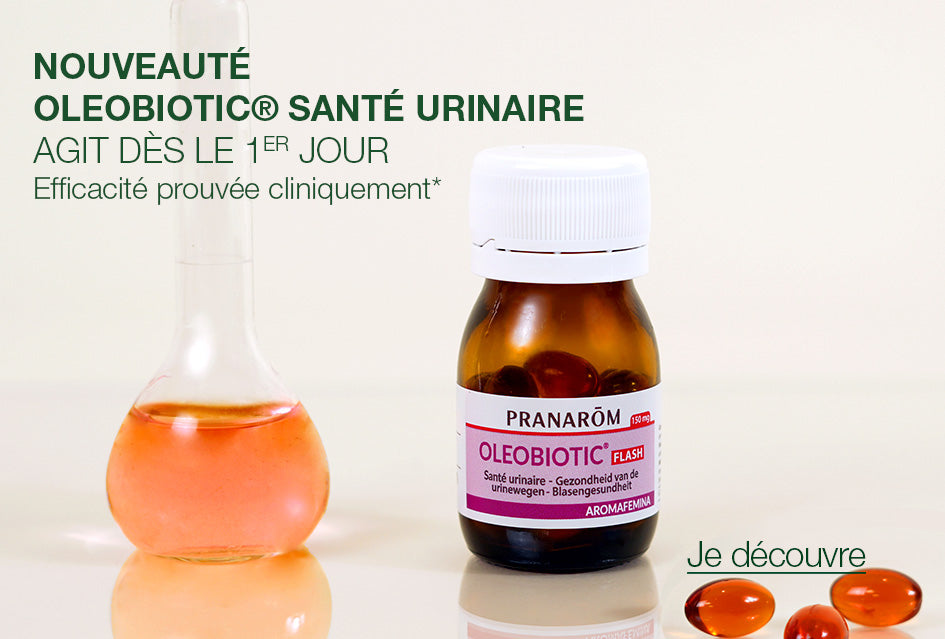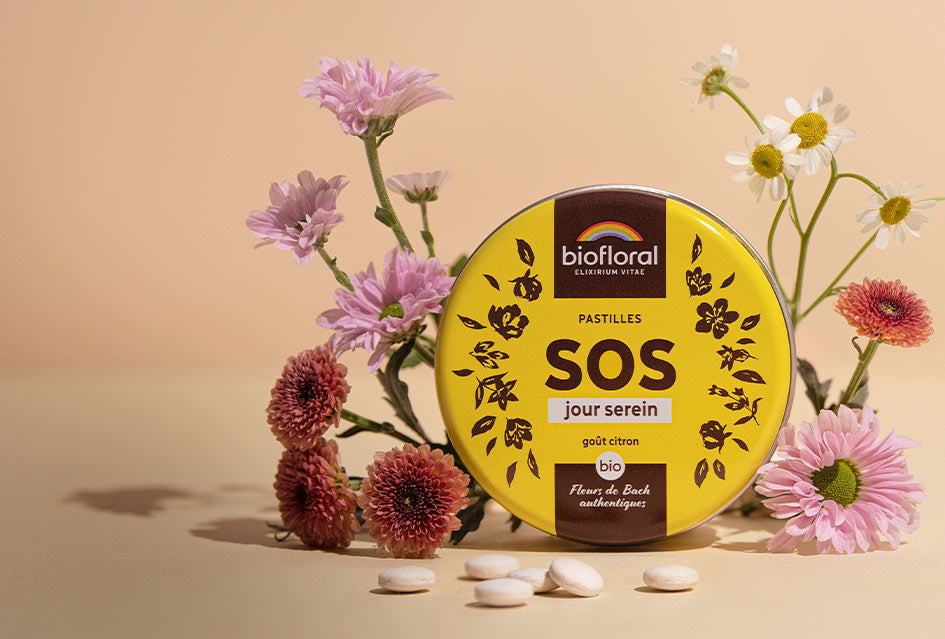Hydrosol is a wonderful water to use in your daily ritual and very complementary to the use of essential oils. However, it can be easily denatured and requires a certain vigilance in the choice of the product.
The name
Hydrosol is the water collected at the same time as the essential oil (EO) during distillation. 1 kg of fresh plants is used to obtain 1 liter of hydrosol or 1 kg of dry plants to obtain 5 liters of hydrosol. Even if the EO never mixes with water, which allows it to be collected by steam entrainment, certain hydrophilic molecules still mix, conferring very specific properties to the water thus collected and forming the hydrosol. These hydrophilic molecules appear mainly at the beginning of distillation. The term aromatic hydrosol is therefore the only one to refer to the product described above.*  Distillation of essential oils and hydrosols
Distillation of essential oils and hydrosols
The smell
Aromatic hydrosols don't have the same scent as the flowers they're made from. Their scent is more herbaceous, more earthy; you can smell the plant more than the flower. Hydrosols with a floral scent aren't usually 100% pure. Adding fragrance to the hydrosol alters its nature.
Conservation
Since a hydrosol is, as its name suggests, composed mainly of water, its stability is very difficult to preserve. This is why it is common to add preservatives, stabilizers or other ingredients, which can easily be read on the label. However, it is possible to preserve hydrosols without adding anything by creating appropriate packaging that keeps the hydrosol away from light and away from any contact with ambient air that could contaminate it by letting bacteria in. But this packaging is obviously more expensive than a conventional bottle: the best formula is an aerosol spray with a compressed air pocket, without propellant gas. It allows for a natural spray in a light mist with rapid penetration while leaving the product intact.
Its traceability and its content
To achieve their best potential, hydrosols must not be diluted, not even in water, and must be collected at a very specific point in the distillation process, between the 15th and 30th minute. Once this time has passed, the aromatic molecules they contain are more diluted and their effectiveness is reduced.
This is why it is important to know the origin of its hydrosol and its content in aromatic molecules, which is now possible thanks to technological advances in analysis. These allow us to understand the biochemistry and molecular concentration of the hydrosol, and therefore to identify and quantify all the molecules it contains, thereby proving the existence of its properties.
The HACT quality label
Efficiency for all
A hydrosol harvested at the right time, pure and natural, that is to say without preservatives or additions of any kind, therefore undiluted and 100% organic, has a specific chromatographic profile which differentiates it from an EO but gives it very interesting properties. Its low concentration of active ingredients (unlike EO where they are extremely concentrated), allows use on sensitive people such as pregnant women, breastfeeding women, babies, children or the elderly. Its water content also allows excellent penetration through the skin which is also composed mainly of water and lipids which attract aromatic molecules.
To discover: Pranarôm hydrosols












